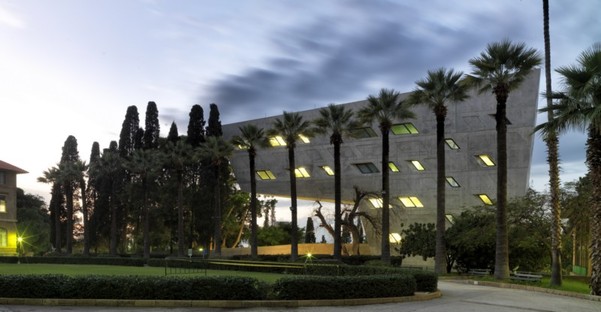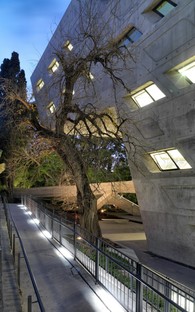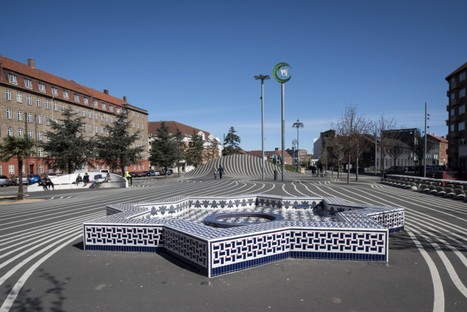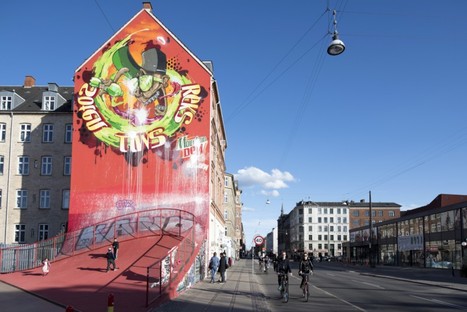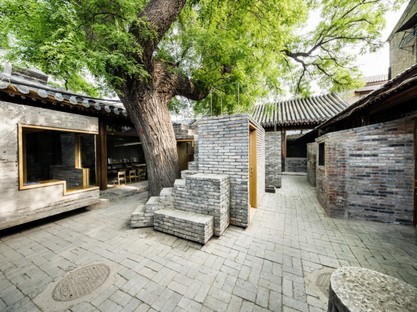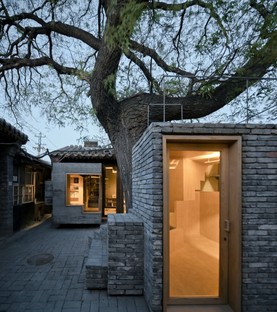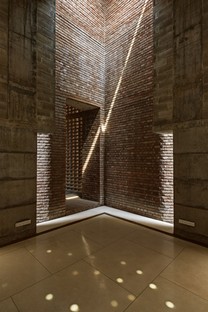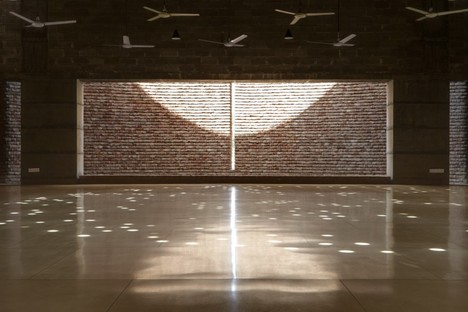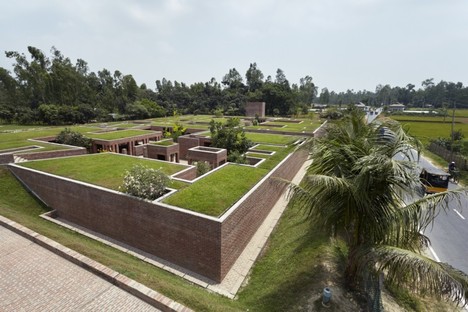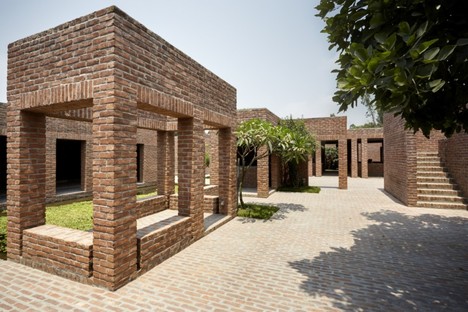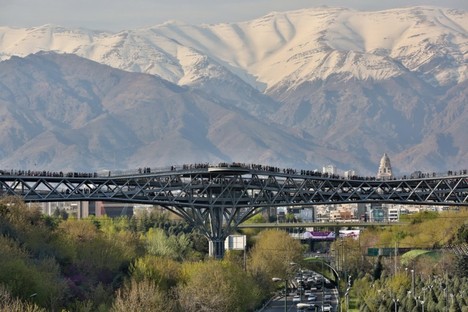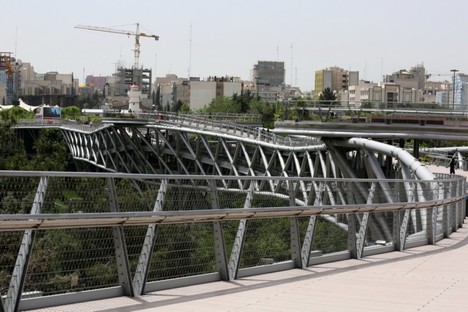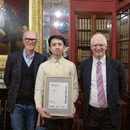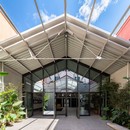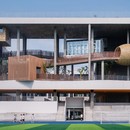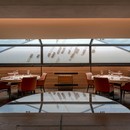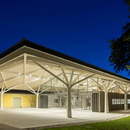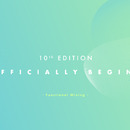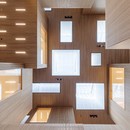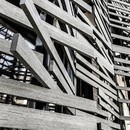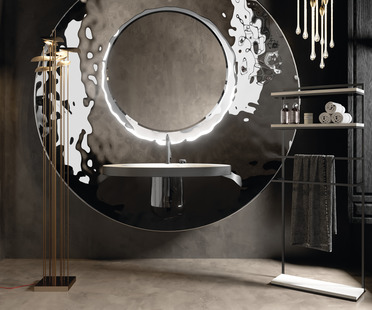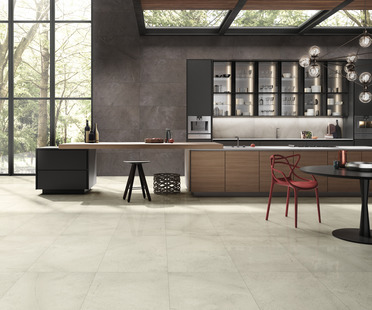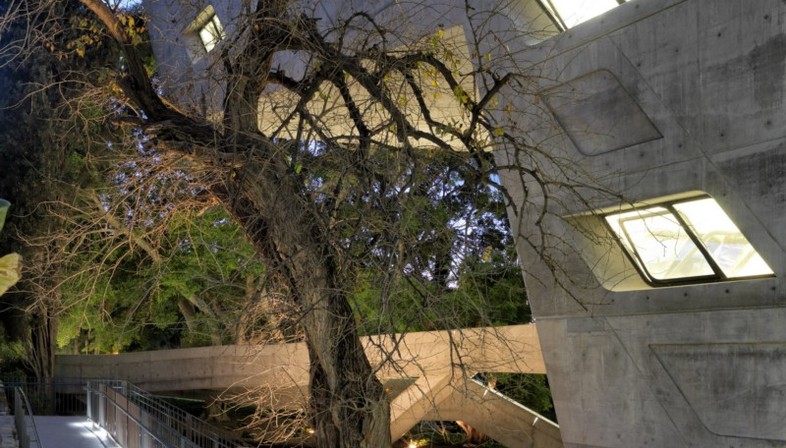
The winners of the Aga Khan Award for Architecture 2016 were announced at a solemn ceremony held in Abu Dhabi in the United Arab Emirates on October 3. Prizes were awarded to six projects, built in different parts of the world, with equal merit: examples of buildings that successfully respond to the needs and demands of communities where Islam is preponderant. We focus on coverage of the prize-winning projects in Floornature.
The Issam Fares Institute designed by Zaha Hadid Architects is part of the campus of the American Institute of Beirut, Lebanon. A concrete construction which, as Mara Corradi notes, “stands out from its surroundings with a bold identity”. The Superkilen in Copenhagen, designed by BIG (Bjarke Ingels Group) Topotek 1 and Superflex,
the Hutong Children’s Library and Art Centre in Beijing, by Chinese studio ZAO/standardarchitecture/ Zhang Ke, the renovation of a traditional construction, the Cha'er Hutong (tea hutong).
Two projects in Bangladesh won prizes: the Bait Ue Rouf Mosque in Dhaka by architect Marina Tabassum and the Friendship Centre in Gaibandha by Kashef Chowdhury / URBANA.
And to conclude, the Tabiat Pedestrian Bridge in Tehran designed by Diba Tensile Architecture (Leila Araghian, Alireza Behzadi) is more than just a simple infrastructure: it is a true work of architecture, a space that becomes an extension of the two parks it joins.
(Agnese Bifulco)
www.akdn.org
Images courtesy of Aga Khan Trust for Culture photo by: Barzin Baharlouie; Cemal Emden; Kristian Skeie; Rajesh Vora; Wang Ziling, ZAO, standardarchitecture.










